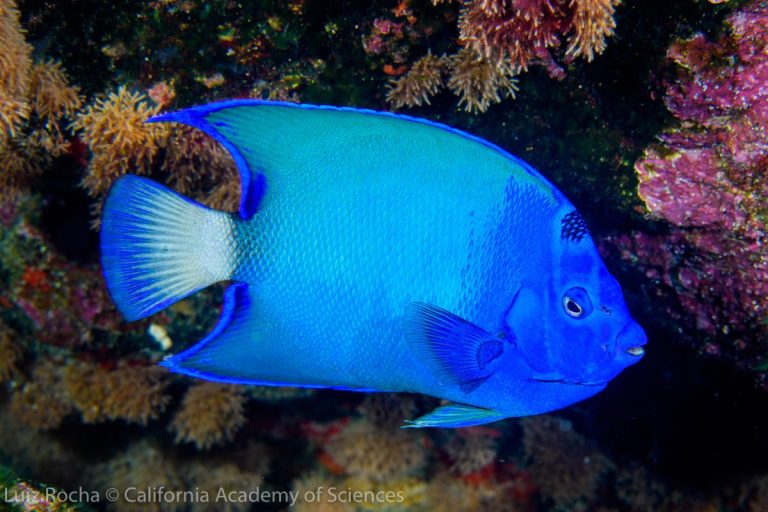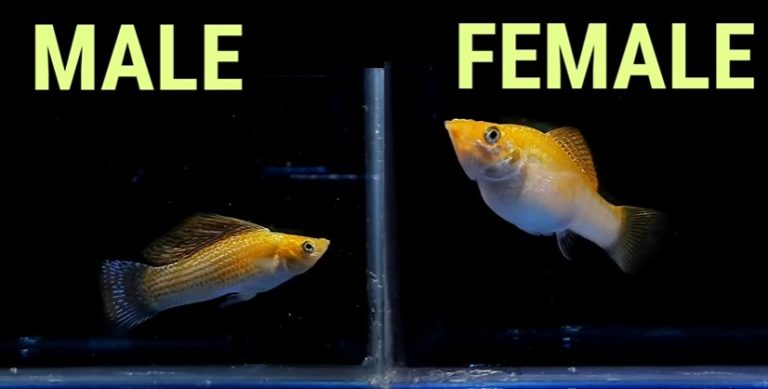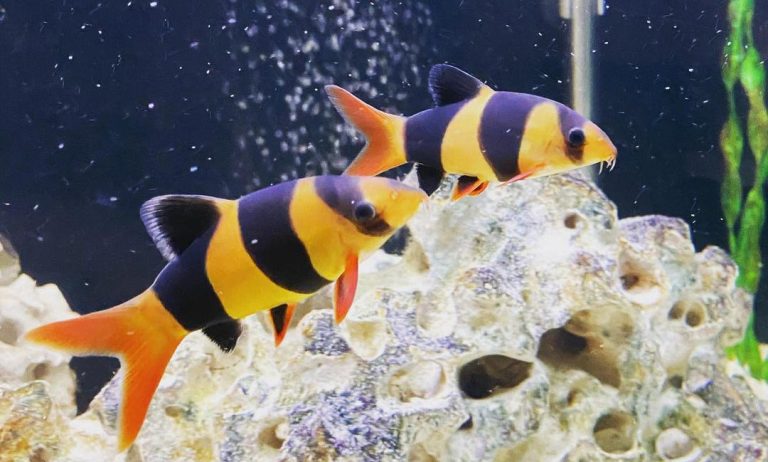Bristlenose Pleco With Cichlids
Bristlenose Pleco with Cichlids: A Perfect Tankmate Combo
Have you ever wondered if you can keep a Bristlenose Pleco with Cichlids in the same tank? Well, you’re in luck! In this article, we will explore the compatibility between these two popular aquarium species and discuss the benefits and considerations of keeping them together. So, let’s dive in and explore the world of Bristlenose Pleco and Cichlid tankmates!
The Compatibility of Bristlenose Pleco with Cichlids:
When it comes to pairing Bristlenose Plecos with Cichlids, there is good news – they can coexist peacefully in the same aquarium. These two species have different dietary needs, behaviors, and occupy different levels of the tank, which minimizes the chance of aggression and territorial disputes.
Bristlenose Plecos, scientifically known as Ancistrus cirrhosus, are peaceful catfish species that are well-suited for community tanks. With their attractive appearance and algae-eating abilities, Bristlenose Plecos make for excellent tank cleaners. They are relatively small, usually reaching a maximum size of about 4-6 inches, making them suitable for most home aquariums.
Cichlids, on the other hand, are a diverse group of fish known for their vibrant colors and fascinating behavior. They come in various sizes, shapes, and temperaments, ranging from small Apistogrammas to larger South American and African species like Oscars and African Cichlids. While some Cichlids can be aggressive, others are more peaceful and can thrive in a community aquarium.
Now that we know the basics let’s take a closer look at the benefits and considerations of keeping Bristlenose Plecos with Cichlids.

Benefits of Keeping Bristlenose Plecos with Cichlids
1. Algae Control: One of the significant benefits of adding Bristlenose Plecos to a Cichlid tank is their ability to control algae growth. Bristlenose Plecos are voracious eaters and love to graze on algae, which helps keep your tank clean and well-maintained.
2. Tank Cleaning: Bristlenose Plecos are not only algae eaters but are also excellent tank cleaners. They have specially adapted mouths that allow them to scrape off the algae from various surfaces, including rocks, driftwood, and glass. In addition to algae, Bristlenose Plecos consume leftover food and decaying plant matter, helping to maintain a healthy and balanced ecosystem.
3. Diversity and Aesthetics: Pairing Bristlenose Plecos with Cichlids adds a touch of diversity to your aquarium. The contrasting colors and patterns of the Cichlids, along with the distinctive appearance of the Bristlenose Plecos, create an eye-catching display that enhances the overall aesthetics of your tank.
4. Behavioral Interactions: Observing the interactions between Bristlenose Plecos and Cichlids can be fascinating. Bristlenose Plecos are generally peaceful and spend their time foraging and exploring the lower levels of the tank, while Cichlids occupy the middle and upper levels. This division of territories reduces the chances of aggression and allows both species to coexist harmoniously.
Considerations When Keeping Bristlenose Plecos with Cichlids
While Bristlenose Plecos and Cichlids can make excellent tankmates, there are a few considerations to keep in mind to ensure a successful cohabitation:
1. Tank Size: It is important to provide enough space for both species to thrive. A larger tank will help to accommodate the different territories and reduce the chances of territorial disputes. Aim for a tank size of at least 30 gallons or more, depending on the number of fish you plan to keep.
2. Species Selection: When choosing Cichlid tankmates for your Bristlenose Pleco, it is essential to consider the temperament and compatibility of the Cichlid species. Some aggressive Cichlids may harass or out-compete the Bristlenose Plecos for food and territory. Researching the specific requirements and behavior of each Cichlid species will help you make informed decisions.
3. Dietary Needs: While Bristlenose Plecos primarily feed on algae and plant matter, Cichlids have a more varied diet, including pellets, flakes, live, or frozen foods. Ensure that you provide a balanced diet that meets the nutritional requirements of both species. Supplementing the Plecos’ diet with algae wafers or blanched vegetables will help meet their dietary needs.
4. Hiding Spots: Providing adequate hiding spots and shelter is crucial for both Bristlenose Plecos and Cichlids. Decorate your tank with rocks, caves, and driftwood to create natural hiding places and territories for the fish. This will help reduce stress and give each fish a space to retreat to if needed.
Frequently Asked Questions
Now, let’s address some commonly asked questions about keeping Bristlenose Plecos with Cichlids:
1. Can Bristlenose Plecos tolerate the aggression of Cichlids?
Yes, Bristlenose Plecos are generally able to tolerate the aggression of most Cichlids, especially if there is ample hiding space and territory divisions. However, it is crucial to monitor their behavior closely and make adjustments if any signs of stress or aggression arise.
2. What are some suitable Cichlid species to keep with Bristlenose Plecos?
Several Cichlid species are known to be compatible with Bristlenose Plecos, including Angelfish, Discus, Rams, and some African Cichlids like the Electric Yellow Cichlid or the German Red Peacock.
3. Do Bristlenose Plecos breed in a Cichlid tank?
Yes, Bristlenose Plecos are known to breed readily in well-maintained tanks, including Cichlid tanks. The presence of Cichlids does not hinder their breeding behavior, and you may find yourself with a plethora of baby Bristlenose Plecos!
Final Thoughts
In conclusion, keeping Bristlenose Plecos with Cichlids can be a rewarding experience. The combination of their different behaviors, dietary needs, and attractive appearances adds diversity to your tank and creates a visually stunning display. With careful consideration of tank size, species selection, and dietary requirements, you can successfully maintain a harmonious community of Bristlenose Plecos and Cichlids. So, go ahead and dive into the world of these fascinating aquatic creatures and create a thriving ecosystem in your own home!






